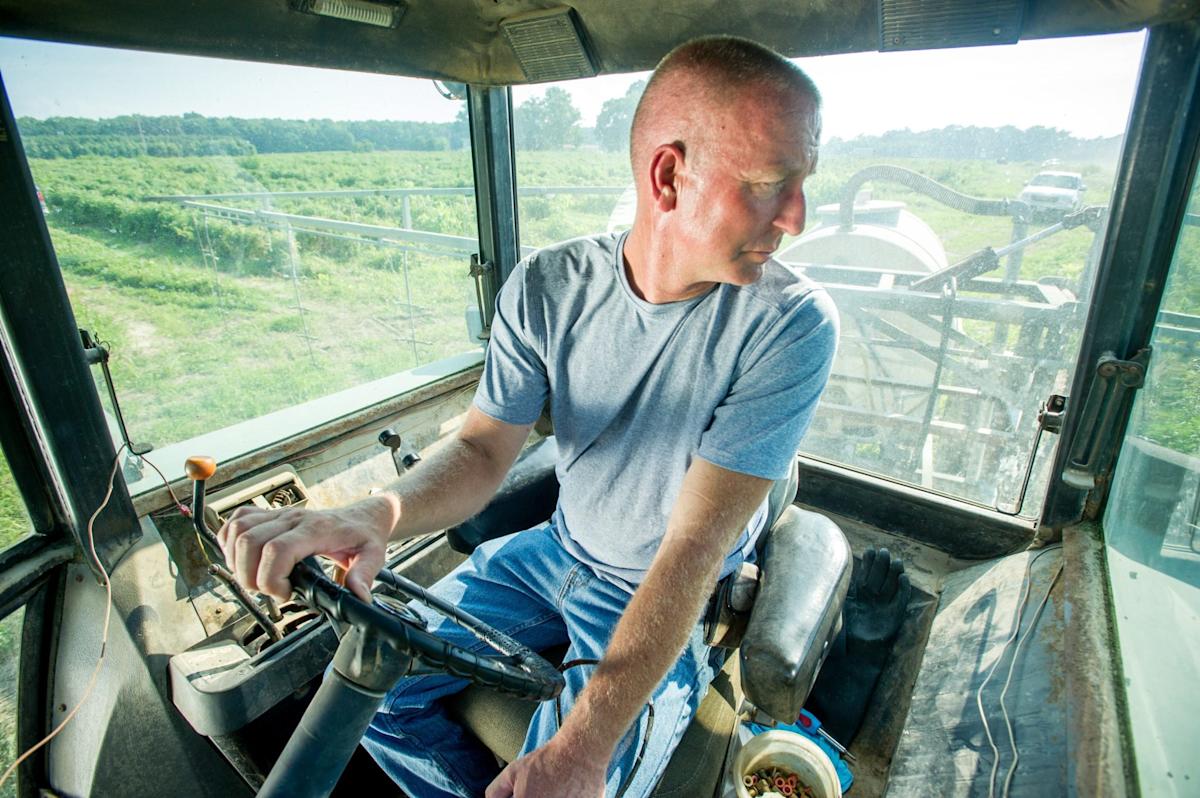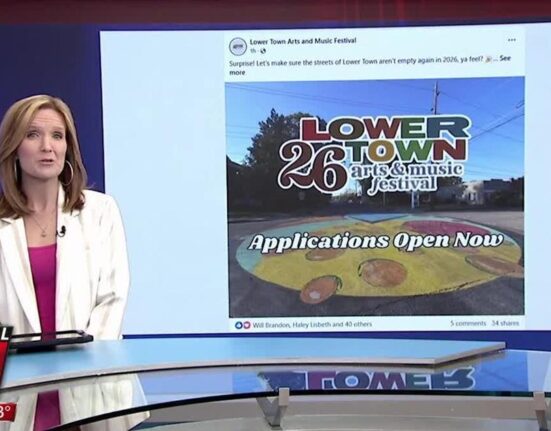President Donald Trump is pledging to use tariff revenue to bail out farmers reeling from the impact of the ongoing trade war.
“We’re going to take some of that tariff money that we made, we’re going to give it to our farmers, who are, for a little while, going to be hurt until the tariffs kick into their benefit,” Trump told reporters in the Oval Office on Thursday. “So we’re going to make sure that our farmers are in great shape, because we’re taking in a lot of money.”
Agriculture secretary Brooke Rollins said last week the administration was weighing this action.
The White House did not immediately respond to Fortune’s request for comment about details regarding the bailout.
Farmers—a historically loyal constituency of Trump’s—have sounded the alarms about how the administration’s tariffs exacerbated trade disputes that have endangered U.S. export markets as production costs remain stubbornly high or even increase.
“The frustration is overwhelming,” the American Soybean Association (ASA) President Caleb Ragland said in a statement on Wednesday. “The farm economy is suffering while our competitors supplant the United States in the biggest soybean import market in the world.”
Treasury Secretary Scott Bessent said on X on Wednesday the U.S. would provide financial support to Argentina as it tries to stabilize its economy. As part of its stabilization efforts, Argentina eliminated its export tax on soybeans, and China reportedly ordered 10 cargoes of the crop from the South America country. China received nearly a quarter of the U.S. soybean exports in 2024, but has not ordered any U.S. soybeans since May. The country has instead turned to cheaper alternatives from Argentina and Brazil, which have continued to gobble up market share from the U.S. over the last decade.
The National Corn Growers Association has been similarly distraught, with corn prices plunging more than 50% from their 2022 peak while production costs have decreased by only 3% in the same timespan. Corn and soybeans accounted for 45% of the U.S.’s cash crop receipts in 2024, according to the U.S. Department of Agriculture.
Meanwhile, input costs for production continue to eke up. August data from the North Dakota State University Agricultural Trade Monitor indicates tariffs rates for self-propelled machines like tractors are at 15%, while rates for herbicides and some pesticides are at 25% as a result of ongoing trade disputes.
Trump’s previous actions to bail out farmers have seen mixed success. Many of the problems plaguing U.S. farmers today are a redux of the issues that arose in the president’s first term.
President Donald Trump is pledging to use tariff revenue to bail out farmers reeling from the impact of the ongoing trade war.
“We’re going to take some of that tariff money that we made, we’re going to give it to our farmers, who are, for a little while, going to be hurt until the tariffs kick into their benefit,” Trump told reporters in the Oval Office on Thursday. “So we’re going to make sure that our farmers are in great shape, because we’re taking in a lot of money.”
Agriculture secretary Brooke Rollins said last week the administration was weighing this action.
The White House did not immediately respond to Fortune’s request for comment about details regarding the bailout.
Farmers—a historically loyal constituency of Trump’s—have sounded the alarms about how the administration’s tariffs exacerbated trade disputes that have endangered U.S. export markets as production costs remain stubbornly high or even increase.
“The frustration is overwhelming,” the American Soybean Association (ASA) President Caleb Ragland said in a statement on Wednesday. “The farm economy is suffering while our competitors supplant the United States in the biggest soybean import market in the world.”
Treasury Secretary Scott Bessent said on X on Wednesday the U.S. would provide financial support to Argentina as it tries to stabilize its economy. As part of its stabilization efforts, Argentina eliminated its export tax on soybeans, and China reportedly ordered 10 cargoes of the crop from the South America country. China received nearly a quarter of the U.S. soybean exports in 2024, but has not ordered any U.S. soybeans since May. The country has instead turned to cheaper alternatives from Argentina and Brazil, which have continued to gobble up market share from the U.S. over the last decade.
The National Corn Growers Association has been similarly distraught, with corn prices plunging more than 50% from their 2022 peak while production costs have decreased by only 3% in the same timespan. Corn and soybeans accounted for 45% of the U.S.’s cash crop receipts in 2024, according to the U.S. Department of Agriculture.
Meanwhile, input costs for production continue to eke up. August data from the North Dakota State University Agricultural Trade Monitor indicates tariffs rates for self-propelled machines like tractors are at 15%, while rates for herbicides and some pesticides are at 25% as a result of ongoing trade disputes.
Trump’s previous actions to bail out farmers have seen mixed success. Many of the problems plaguing U.S. farmers today are a redux of the issues that arose in the president’s first term.











Leave feedback about this